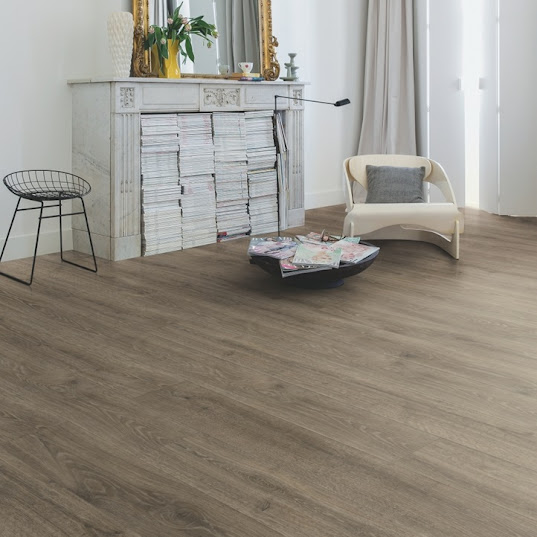Rigid Core Luxury Vinyl Flooring Installation - Get The Best Results That Is An Excellent Choice For Commercial Environments
SPC flooring is an excellent choice for commercial environments where a lot of traffic and wear and tear happens. It’s also popular in grocery stores and other areas where spills happen often. SPC flooring has a wear-resistant vinyl top layer and a limestone core that will keep up with heavy traffic.
Smooth, Flat And Free Of Dust, Debris Or Other Contaminants
Before installing your new SPC Flooring Installation, it’s important to make sure the floor is prepped properly. It should be smooth, flat and free of dust, debris or other contaminants. A subfloor that’s too rough will cause the product to warp or sag.
All wood and wood composition panel sub-floors, including plywood, particle board, oriented strand board (OSB), and flake board, are suitable for use under SPC or WPC flooring. However, a layer of 1/4′′ underlayment is recommended if the subfloor isn’t smooth.
Remove the old floor covering and sand or level the substrate to within 3/16′′ dip or rise in 10’ or 1/8′′ dip or rise in 6’ radius, depending on manufacturer’s instructions. Apply a cement-based levelling compound if necessary.
Prevent The Subfloor From Deflecting Too Much
Next, install a layer of spacers between the flooring and the wall to allow for an expansion gap. This will prevent the subfloor from deflecting too much, and ensures a proper fit of the product to the walls.
Begin the first row of your SPC Flooring Installation Dubai by laying a plank against a wall, leaving a minimum of 5cm of space between the tongue and the wall. Repeat this step for the rest of your flooring, ensuring that you leave a 6mm space between each plank.
Once you have installed all of your panels, you should have a solid floor. If there are gaps or any other issues, they will show up after the floor is installed. A quick way to remedy these is by tapping the long sides of each plank with a rubber mallet.
Achieve The Best Possible Finish
Then, alternate the long and short ends of each plank on rows 1 and 2. This will avoid misalignment or gaps between the long sides of the boards.
When the first two rows are complete, you can begin to lay out the remaining planks of the floor. Start in the corner and work your way outwards, allowing an expansion gap of 6mm for the subfloor to expand or contract.
Inspect the first two rows carefully for alignment and squareness to the wall. If they are not square, scribe them to conform.
To achieve the best possible finish, all end joints should be staggered a minimum of 15cm to prevent them from rubbing against each other and causing any damage. When the last plank is installed, it should be cut to the correct length so that there is a 6mm end joint gap on all sides.
Conclusion:
This will prevent any minor gapping between the long sides of the boards, and will give the flooring a uniform look. It should be a good idea to check the floors frequently for any damage and make any repairs as soon as possible.




Comments
Post a Comment